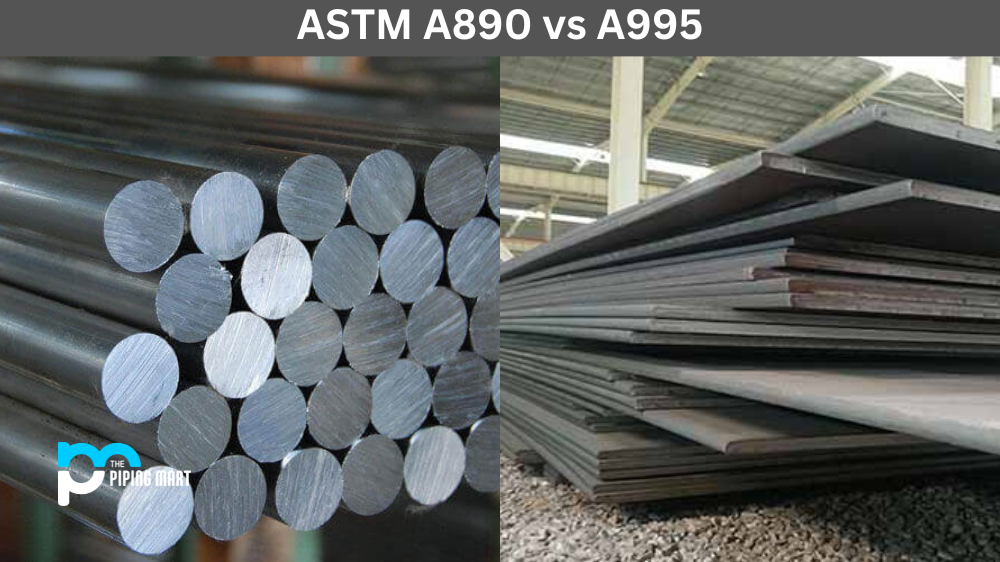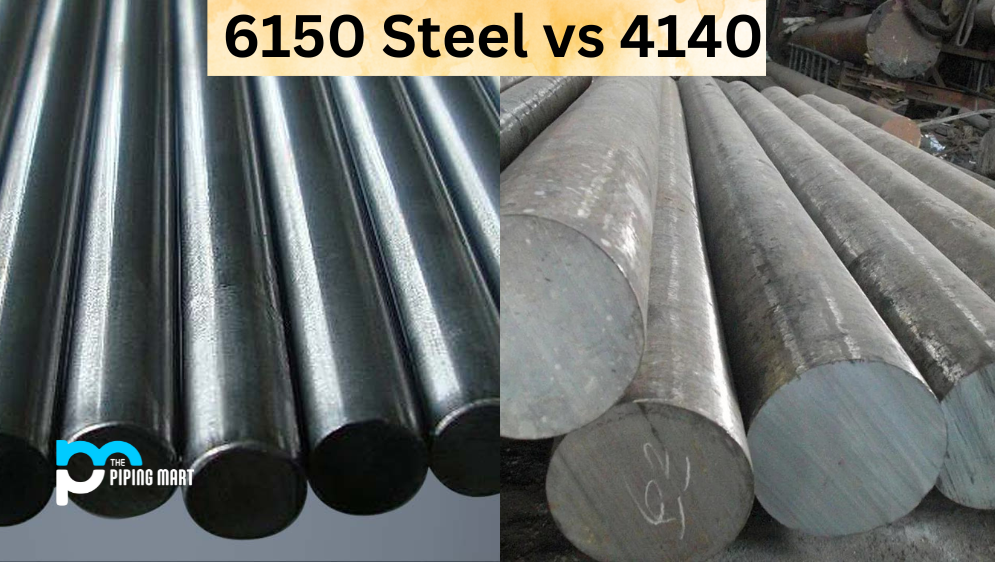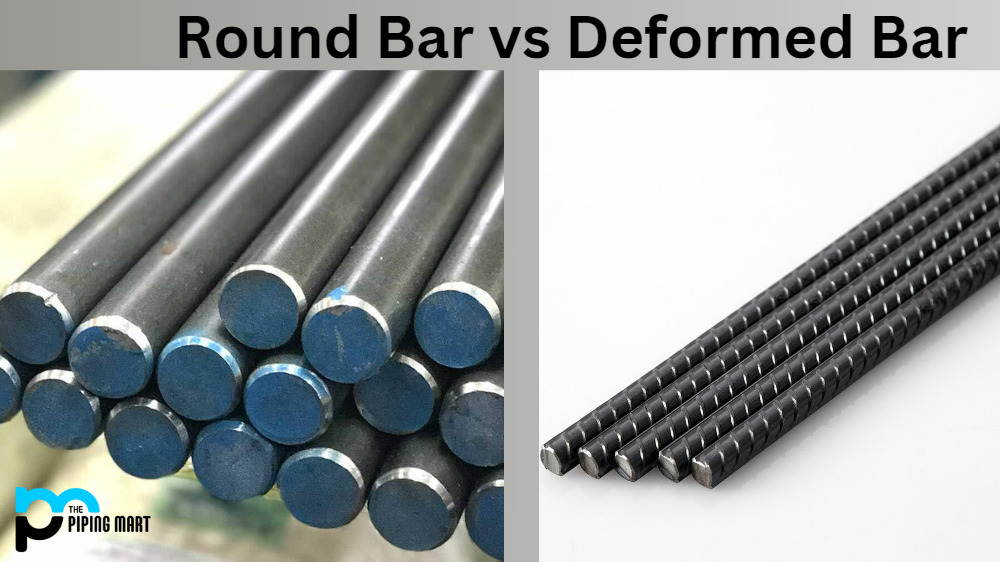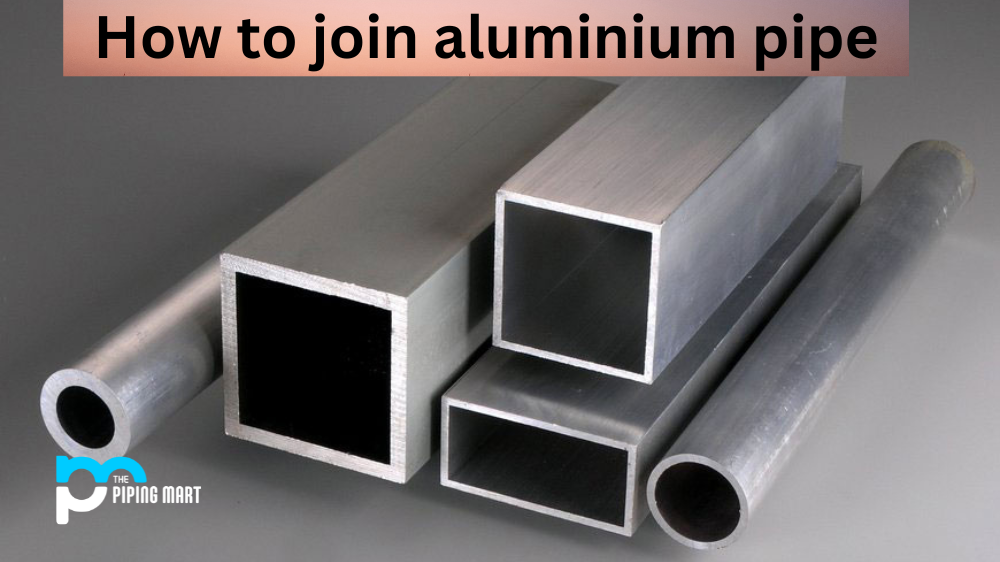When choosing the right materials for your industrial application, you must be well informed about the different types of metal alloys. Cast duplex stainless steels ASTM A890 and A995 are commonly used for those seeking superior corrosion resistance and strength. Both have unique advantages, and it is essential to consider their differences before selecting.
Difference Between ASTM A890 and A995
Composition
ASTMA890 and ASTM A995 are cast duplex stainless steels but vary in alloy composition. ASTM A890 is a higher alloy material that contains more molybdenum and nickel. Its composition results in improved resistance to corrosion compared to A995. A890 is used in environments where pitting and crevice corrosion are prevalent, such as seawater applications, marine equipment, and oil refining industries.
On the other hand, ASTM A995 is a modified grade of A890 and contains less molybdenum and nickel, making it a less expensive option. A995 offers good wear resistance, making it suitable for mechanical applications such as piping systems and pumps. It is also used in applications that require good weldability.
Mechanical Properties
Another vital difference between the two materials is their mechanical properties. ASTM A890 demonstrates better tensile and yield strengths, making it more suitable for high-pressure applications. Additionally, A890 is known for its impact strength at low temperatures, making it a popular choice in cryogenic applications. ASTM A995, however, is more pliable with lower yield strength, making it a suitable material for flowing media systems.
Heat Treatment
One significant factor that differentiates A890 from A995 is its heat treatment requirements. A890 requires a solution annealing process to reduce residual stresses and improve its ductility. The solution annealing process also improves the tensile and yield strengths of A890. On the other hand, ASTM A995 does not require a solution annealing process, but material welding requires careful consideration to prevent undesirable microstructural changes.
Yield Strength
Another difference between the two materials is their yield strength. Yield strength measures a material’s ability to withstand deformation under stress. ASTM A890 has a yield strength of 205 MPa, while ASTM A995 has a yield strength of 690 MPa.
Tensile Strength
ASTM A890 also has a lower tensile strength than ASTM A995. Tensile strength measures a material’s ability to withstand being pulled apart under stress. ASTM A890 has a tensile strength of 550 MPa, while ASTM A995 has a tensile strength of 760 MPa.
Temperature Range
Another difference between the two materials is their temperature range. ASTM A890 can be used at temperatures up to 900 degrees Celsius, while ASTM A995 can be used at temperatures up to 1120 degrees Celsius.
Applications
Due to their differences in chemical composition and mechanical properties, the two materials have different applications. ASTM A890 is typically used in investment casting applications, while ASTM A995 is generally used in forgings
Conclusion
In summary, ASTM A890 and A995 cast duplex stainless steels offer unique advantages, and the choice of the material depends on the intended application. Astm A890 is an excellent option for industries that require superior corrosion resistance and high-pressure applications. Meanwhile, A995 is less expensive and suitable for mechanical applications where wear resistance is essential. Both materials have their specific characteristics, and it is necessary to consider their differences and properties before choosing the right material for your application.

Pipingmart is a B2B portal that specializes in metal, industrial and piping items. Additionally, we share the latest information and information about materials, products and various types of grades to assist businesses that are involved in this business.




